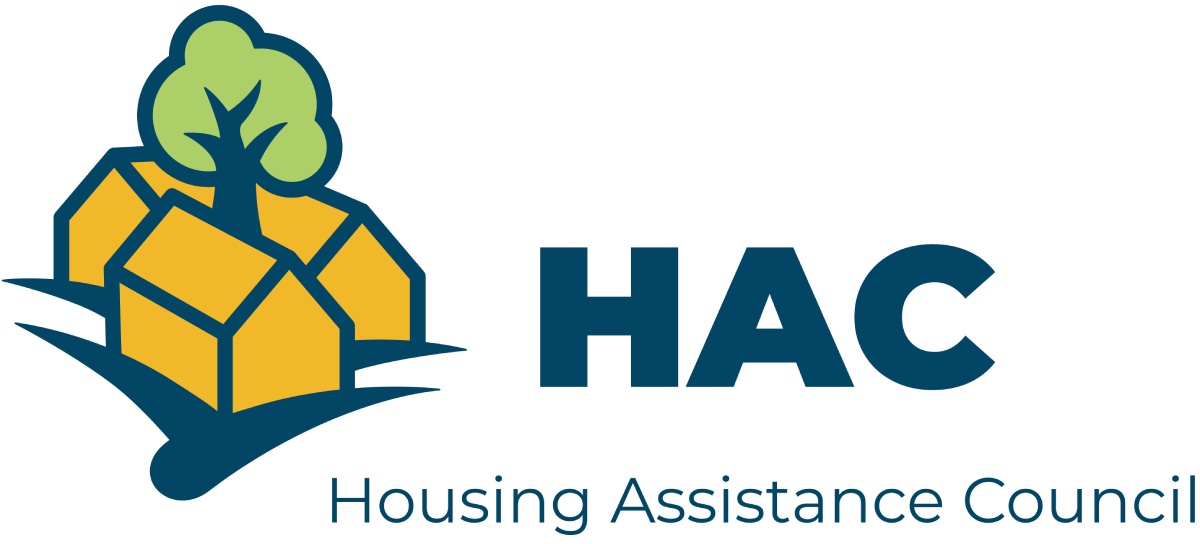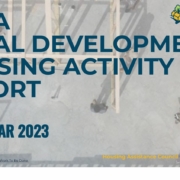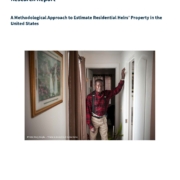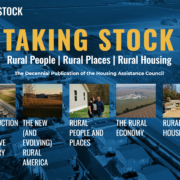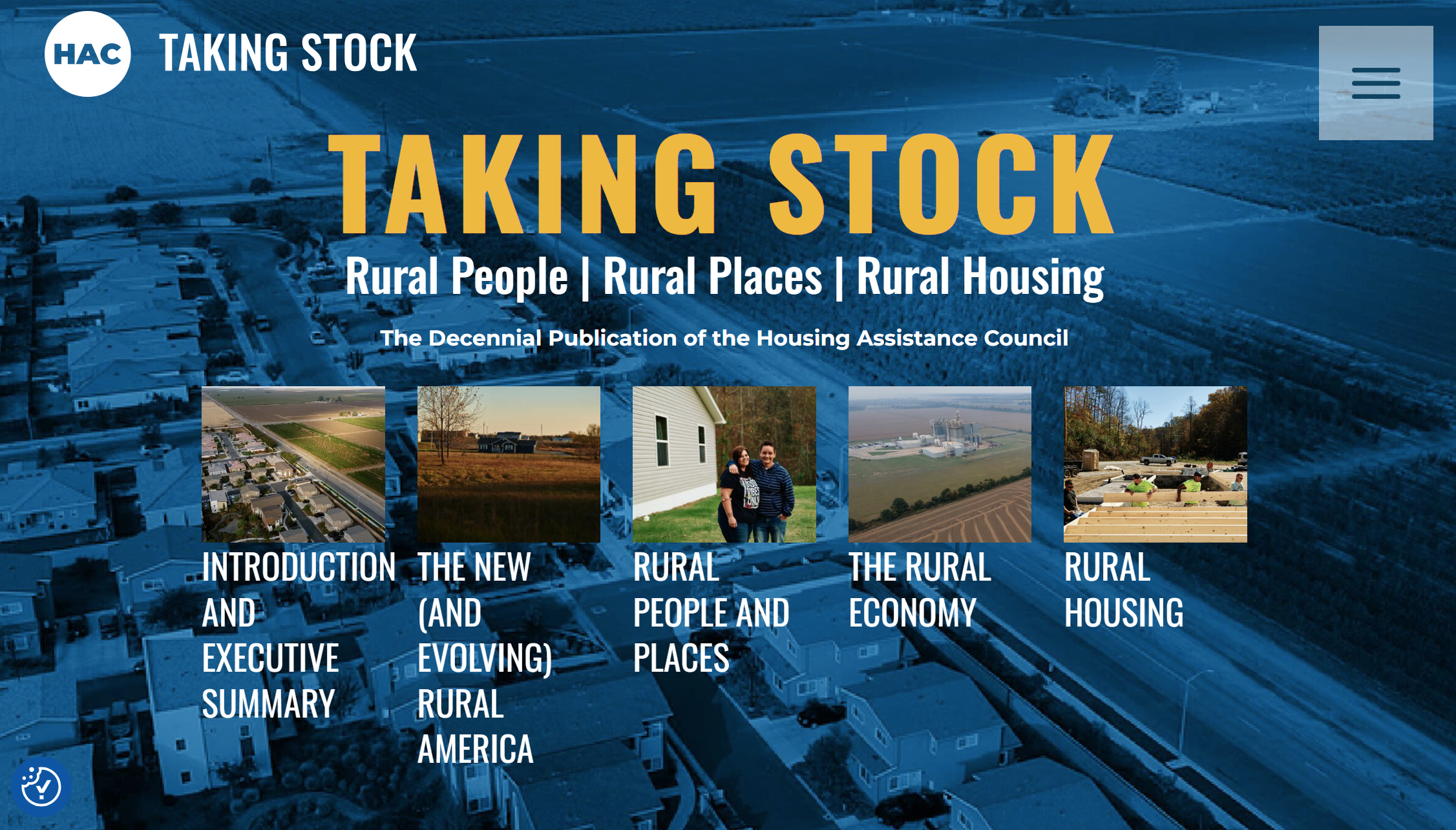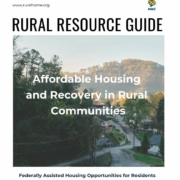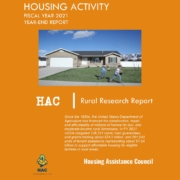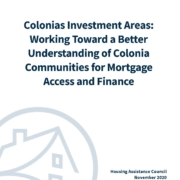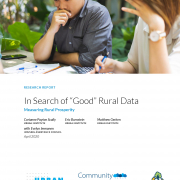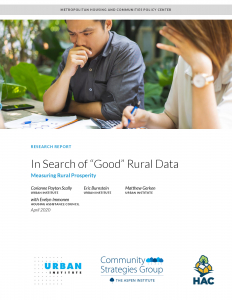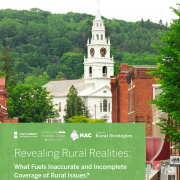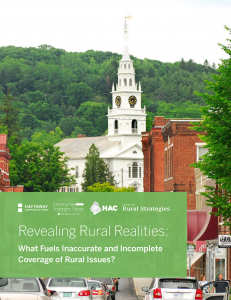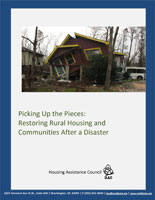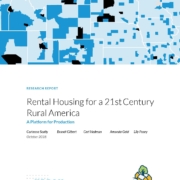USDA Rural Development Housing Activity Report – Fiscal Year 2023
Since the 1950s, the United States Department of Agriculture (USDA) has provided financial assistance for the construction, repair, and affordability of millions of homes for low- and moderate-income rural residents. USDA accomplishes this activity through its Rural Development (RD) agency. In Fiscal Year (FY) 2023, USDA obligated roughly 65,500 loans, loan guarantees, and grants totaling about $10.6 billion, and over $1.5 billion in Rental Assistance to approximately 228,000 rural renters. The Housing Assistance Council (HAC) presents a review of most USDA housing resources obligated in Fiscal Year 2023 and their historical trends.
